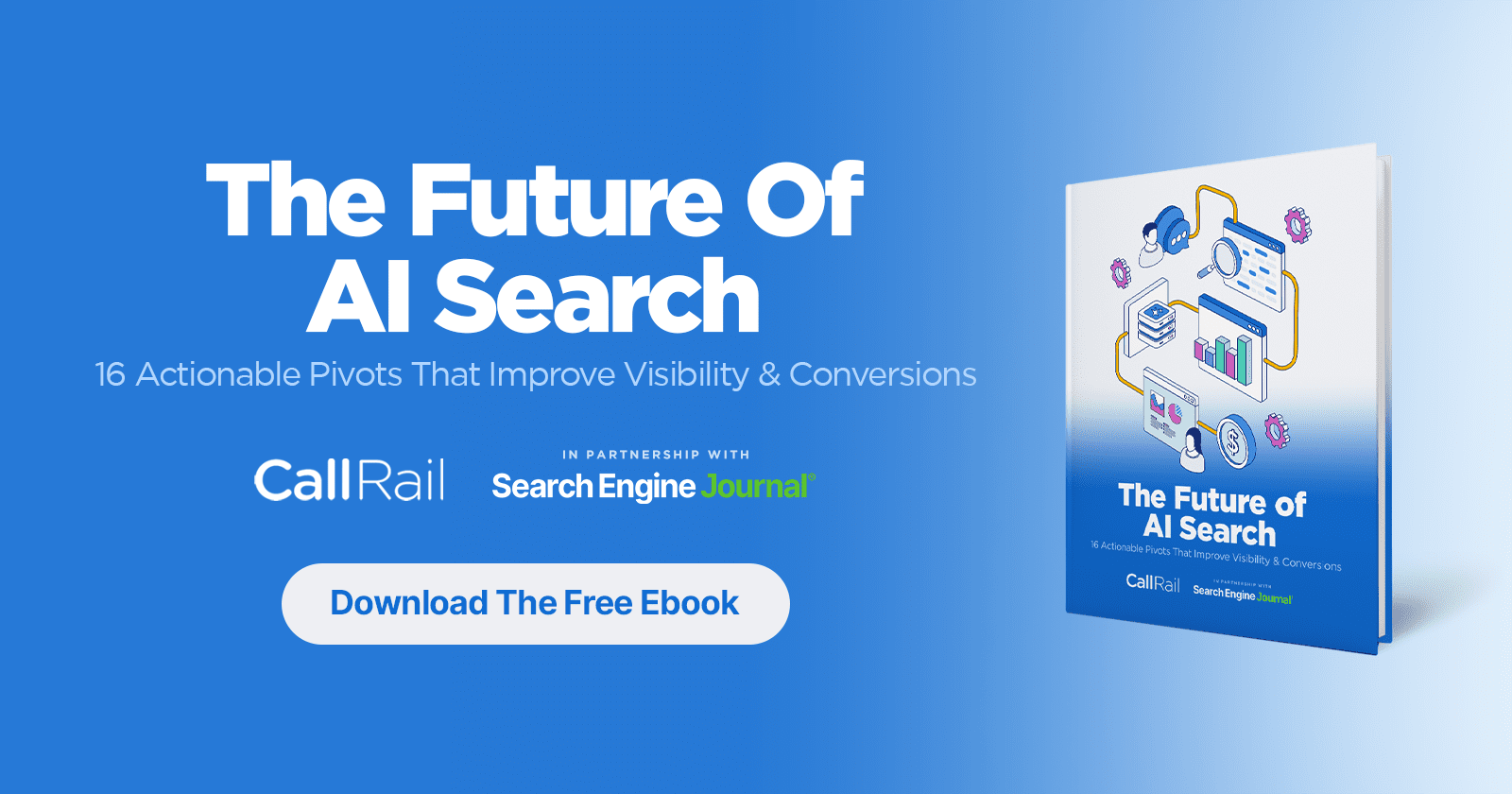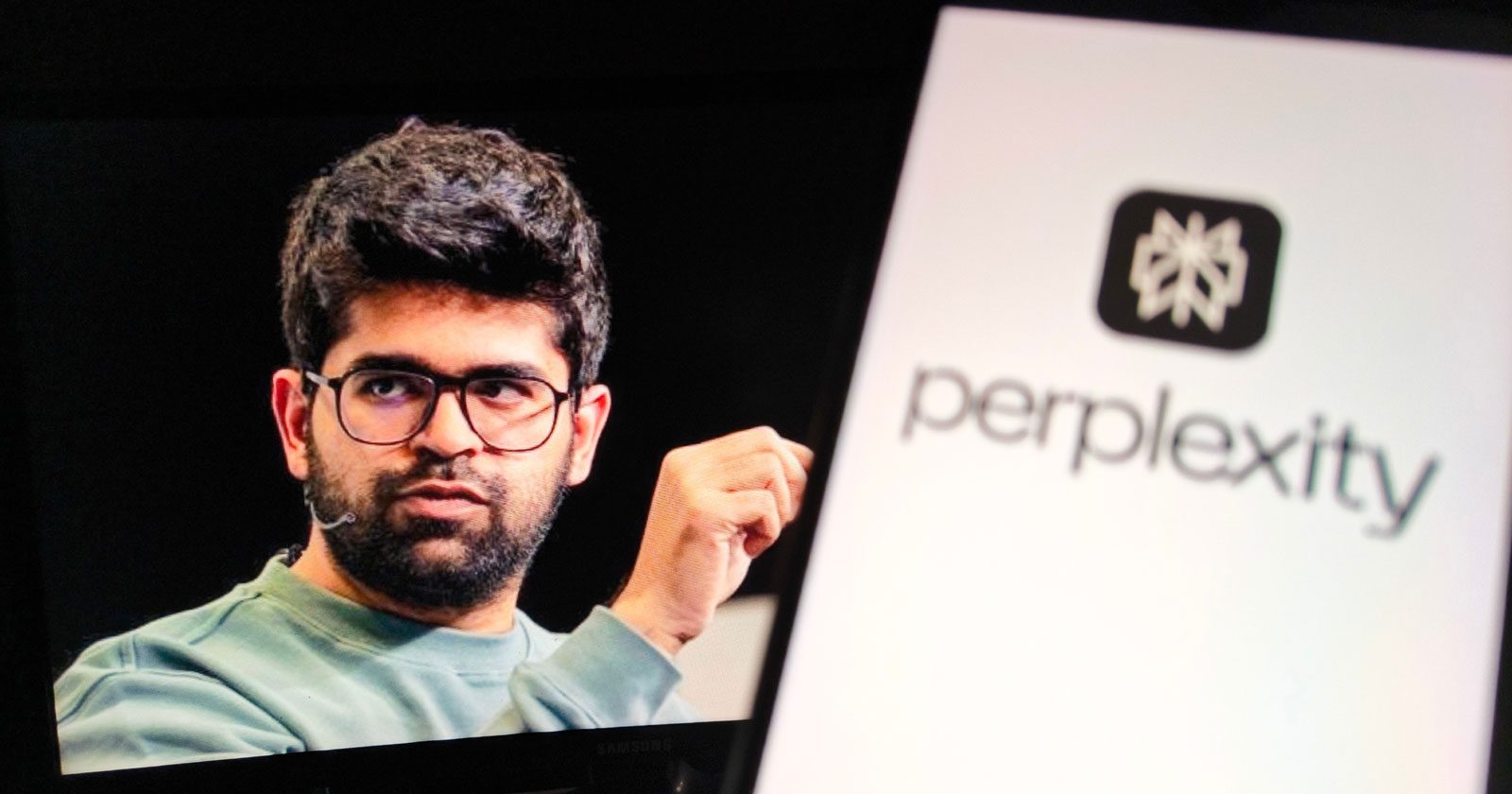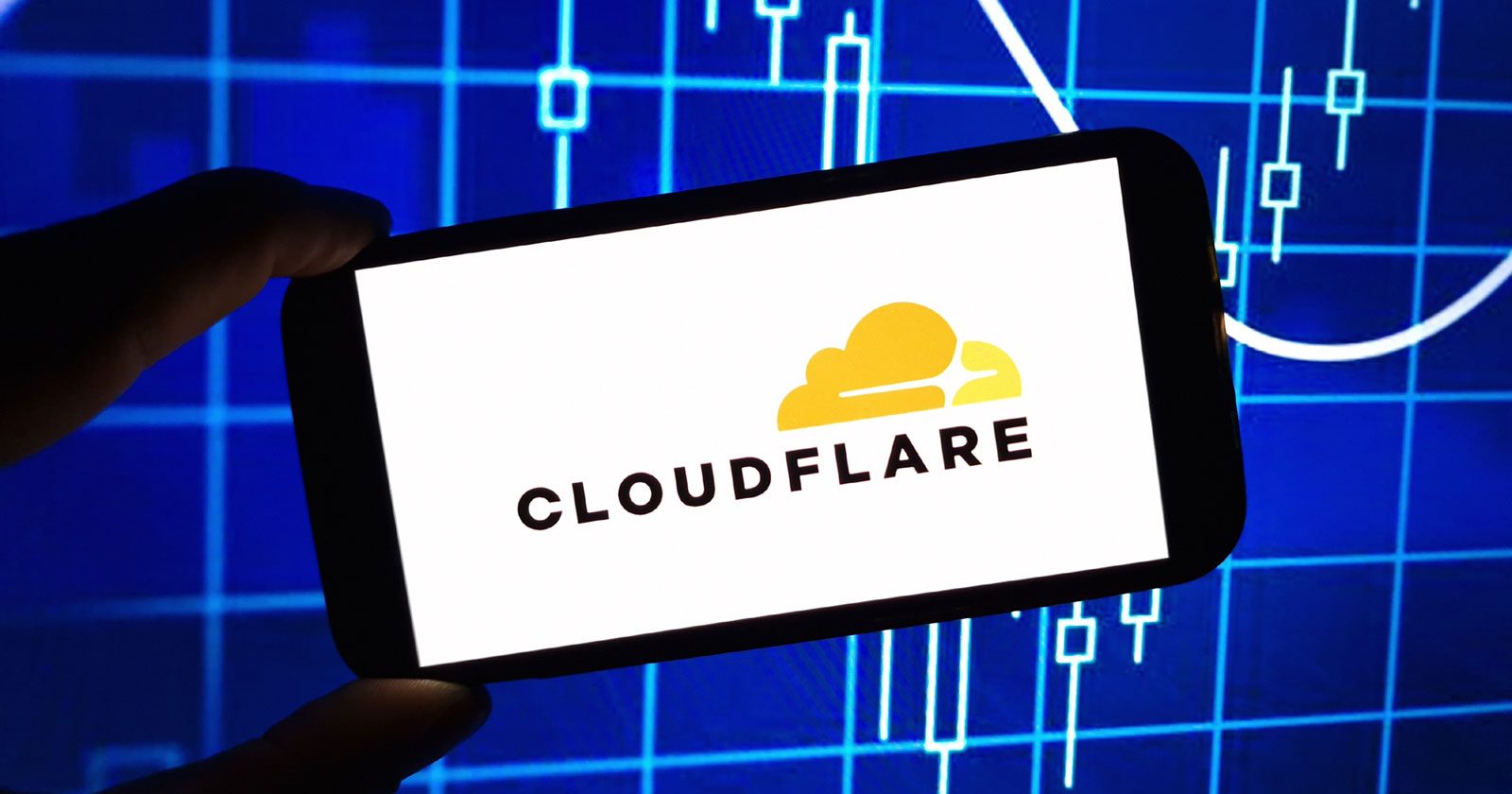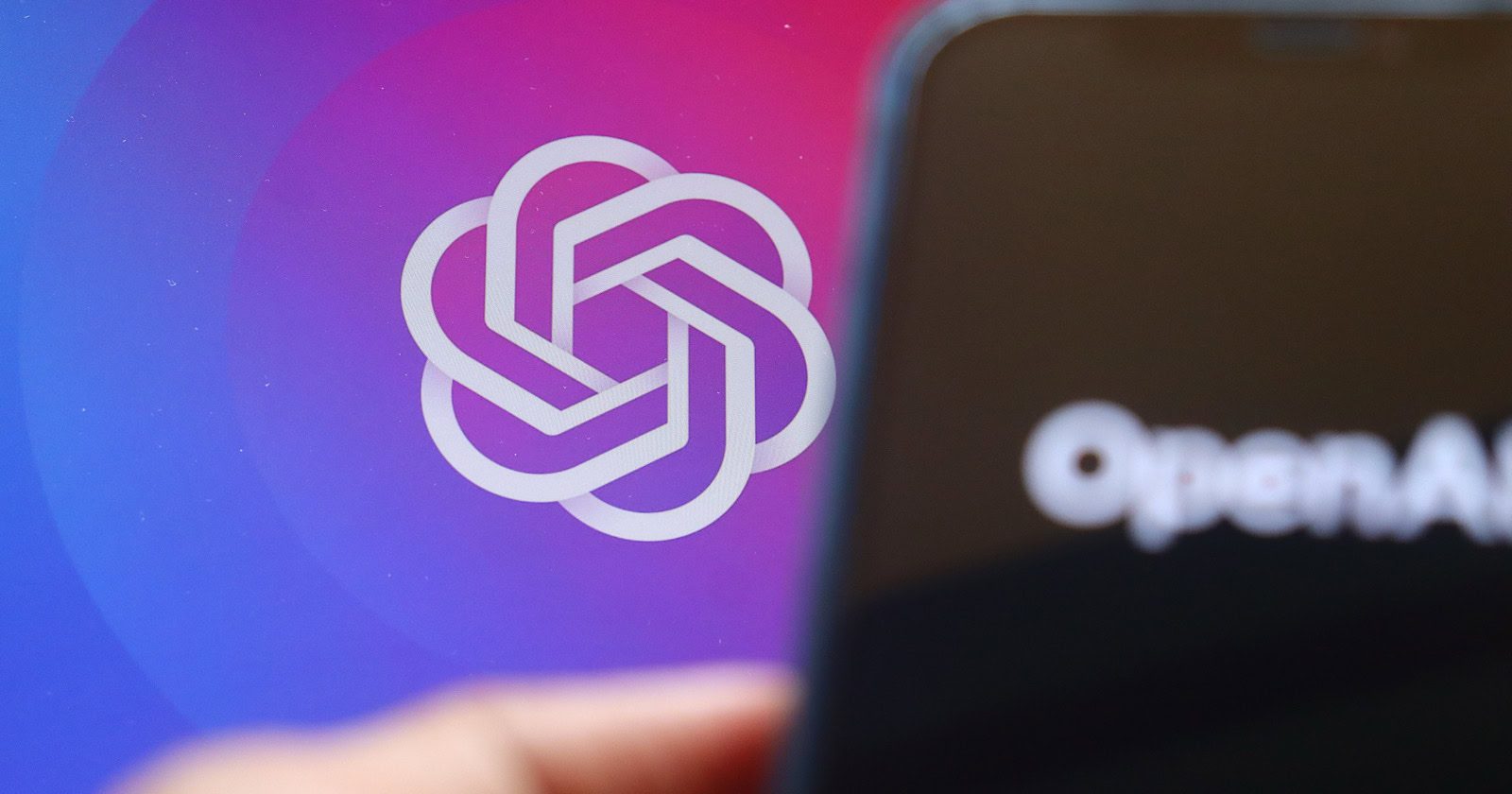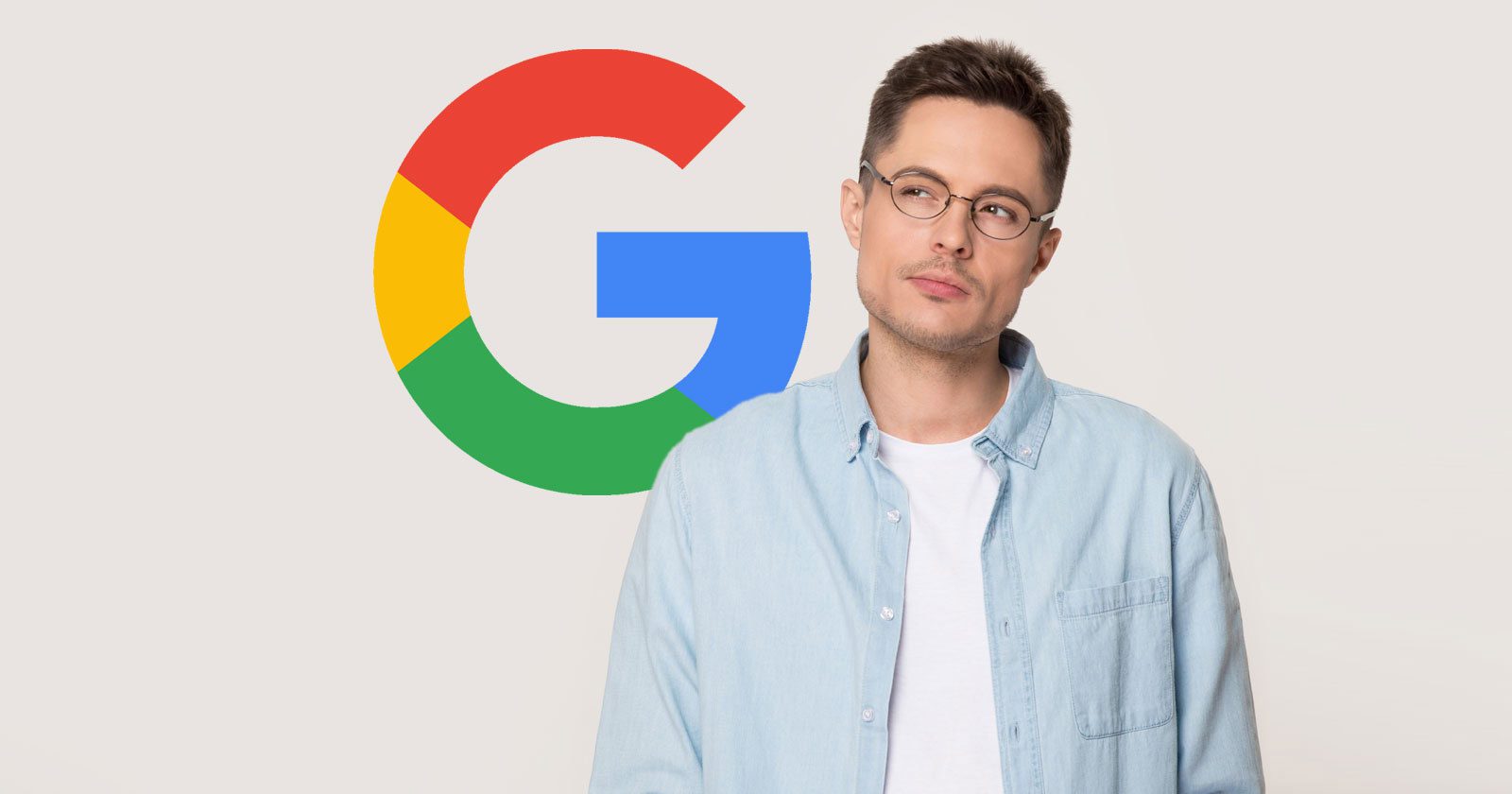Google Says AI Clicks Are Better, What Does Your Data Say? via @sejournal, @MattGSouthern

Google’s latest blog post claims AI is making Search more useful than ever. Google says people are asking new kinds of questions, clicking on more links, and spending more time on the content they visit.
But with no supporting data or clear definitions, the message reads more like reassurance than transparency.
Rather than take Google at its word or assume the worst, you can use your own analytics to understand how AI in Search is affecting your site.
Here’s how to do that.
Google Says: “Quality Clicks” Are Up
In the post, Google says total organic traffic is “relatively stable year over year,” but that quality has improved.
According to the company, “quality clicks” are those where users don’t bounce back immediately, indicating they’re finding value in the destination.
This sounds good in theory, but it raises a few questions:
- What does “slightly more” quality clicks mean?
- Which sites are gaining, and which are losing?
- And how is click quality being measured?
You won’t find those answers in Google’s post. But you can find clues in your own data.
1. Track Click-Through Rate On High-Volume Queries
If you suspect your site has lost ground due to AI Overviews, your first stop should be Google Search Console.
Try this:
- Filter for top queries from the past 12 months.
- Look at CTR changes before and after May 2024 (when AI Overviews began expanding).
- Pay attention to queries that are longer, question-based, or likely to trigger summaries.
You may find impressions are holding steady or rising while CTR declines. That suggests your content is still being surfaced, but users may be getting their answers directly in Google’s AI-generated response.
2. Approximate “Quality Clicks” With Engagement Metrics
To test Google’s claim about higher quality clicks, you’ll need to look beyond Search Console.
In GA4, examine:
- Engaged sessions (sessions lasting more than 10 seconds or including a conversion or multiple pageviews).
- Average engagement time per session.
- Scroll depth or video watch time, if applicable.
Compare these engagement metrics to the same period last year. If they’re improving, you may be getting more motivated visitors, supporting Google’s view.
But if they’re dropping, it could mean that AI Overviews are sending fewer, possibly less interested, visitors your way.
3. See Which Content Formats Are Gaining Visibility
Google says people are increasingly clicking on forums, videos, podcasts, and posts with “authentic voices.”
That aligns with its integration of Reddit and YouTube content into AI Overviews.
To see how this shift might be playing out for you:
- Compare the performance of listicles, tutorials, and original reviews to more generic content.
- If you create video or podcast content, track any uptick in referral traffic from Google.
- Watch for changes in how your forum threads, product reviews, or community content perform compared to static pages.
You may find that narrative-style content, first-hand experiences, and multimedia formats are gaining traction, even if traditional evergreen pages are flat.
4. Watch For Redistribution, Not Just Declines
Google acknowledges that while overall traffic is stable, traffic is being redistributed.
That means some sites will lose while others gain, based on how well they align with evolving search behavior.
If your traffic has declined, it doesn’t necessarily mean your content isn’t ranking. It may be that the types of questions being asked and answered have changed.
Analyzing your top landing pages can help you spot patterns:
- Are you seeing fewer entries on pages that used to rank for quick-answer queries?
- Are in-depth or comparison-style pages gaining traffic?
The patterns you spot could help guide your content strategy.
Looking Ahead
When you rely on Search traffic, you deserve more than vague reassurances. Your analytics can help fill in the blanks.
By keeping an eye on your CTR, engagement, and how your content performs, you’ll get a better sense of whether AI in Search is helping you. This way, you can tweak your strategy to fit what works best for you.
Featured Image: Roman Samborskyi/Shutterstock




